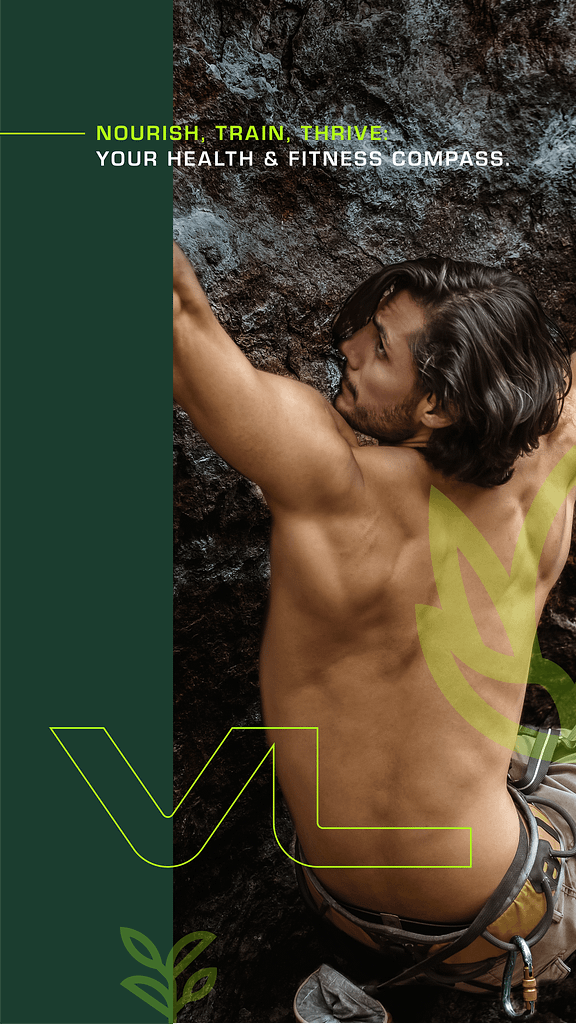
GET STRONGER, HEALTHIER, AND HAPPIER ON A PLANT-BASED DIET
VEGAN LIFTZ WILL SHOW YOU HOW
As seen on






Latest Articles
Most Popular

9 Super High Protein Vegan Recipes
- High in both protein and fiber
- Tastes amazing
- 100% vegan and animal-product free
Supplements

What is Tren: A Comprehensive Guide
October 19, 2023

Carnosyn: Unveiling its Health Benefits and Applications
October 18, 2023


Recipes

What Is Vegan Chicken Made Of?
January 26, 2023

11 Cheese Alternatives For Vegans
January 19, 2023

Five Vegan Buttermilk Substitutes
January 19, 2023

4 Top Vegan Substitutes for Sweetened Condensed Milk
September 20, 2022
Nutrition

Why is My Poop Black: Uncovering the Causes and Solutions
December 21, 2023


Does Apple Juice Make You Poop: Uncovering the Digestive Effects
November 29, 2023

Pitaya vs Acai: A Comprehensive Comparison of Nutritional Benefits
November 29, 2023
Fitness

Calf Raise Machine: Elevate Your Lower Leg Workout
October 24, 2023

TRT Before and After: Remarkable Transformations Explained
October 19, 2023

Lose Weight By Exercising: 7 Best Cardio Workouts for Weight Loss
January 10, 2023

Is Taurine Vegan?
August 29, 2022
Skincare

Kojic Acid Soap: Unveiling Its Skin Benefits and Uses
November 29, 2023

Dr Miami Prices: Unveiling the Facts
October 10, 2023

Paradoxical Adipose Hyperplasia: Unraveling the Rare Phenomenon
October 10, 2023

Sono Bello: Expert Insights on Body Contouring Procedures
October 10, 2023
Training

Calf Raise Machine: Elevate Your Lower Leg Workout
October 24, 2023

Nordic Curl: A Comprehensive Guide to Mastering the Exercise
October 19, 2023

Is Cucumber a Fruit? Unveiling the Truth
October 19, 2023

Hormone Type Quiz: Discover Your Unique Profile Today
October 18, 2023












